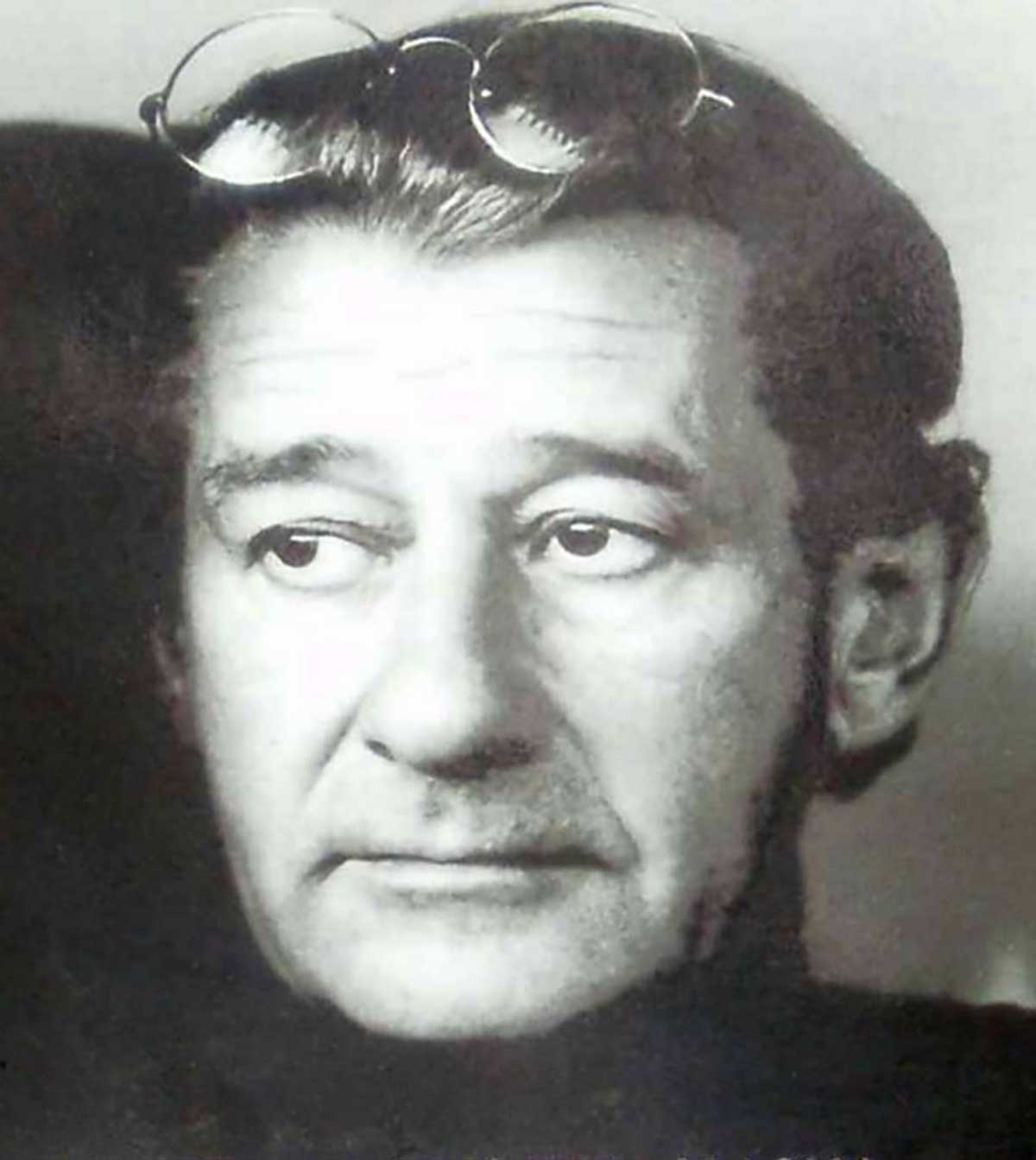Helmut Newton, always a worshiper and lover of beauty, knew how to capture it better than anyone with his camera. His works crossed boundaries over and over again, demonstrating the diverse facets of women who were seeking their new identity during the sexual revolution of the moment.
Nudes, eroticism and chiaroscuros that border the boundaries, suggestive poses, looks that attract; such are the photographs of Helmut Newton. His brand was, and will continue to be, the controversy.

Born as Helmut Neustädter on October 31, 1920 in Berlin, Germany to a well-off Jewish family. His father was a successful button maker. He studied at the Heinrich von Treitschke Realgymnasium, until the “Laws of Nuremberg”, during the Nazi era, imposed the separation between Aryan and Jewish children.
At age 12, he purchased his first camera with his savings. His father didn’t like that Helmut wanted to be a photographer, so he sent him to Berlin’s North American school. Even so, he was rebellious: as Helmut himself tells in his biography, “from a young age he was fascinated by the beauty of the Prussian maids and the elegant women of summer resorts and high society clubs, as well as the seductive image of the prostitution embodied in the streets of Berlin, which he had witnessed many times.” He was interested in women and photography, so he dropped out of school soon. In 1936, he became a student of the photographer “Yva” (whose name was Elsa Simon), known for her nude portraits.
Yva was a woman ahead of her time. She played with the camera as much as she did with the sexuality of her portraits. However, at that time there was no one who could outsmart or face the Nazis, so a few years later she would die in the Auschwitz concentration camp. After two years of learning with Yva, Helmut leaves Berlin in December of 1938 and goes to Singapore at age 18, due to the beginning of the persecution of the Jews.
In Singapore, he got a job as a newspaper photographer in the Singapore Straits Times, where he worked for only two months, as the editor-in-chief fired him. Some argue that it was Helmut who quit for not liking the job. Regardless of what facts are real, shortly after, in 1940, he was deported to Australia where he worked in the army for 5 years, until the end of World War II. He settled in Melbourne, where he set up his photography studio and meets actress June Brunell, whom he married in 1948.
Not long after, he returned to Europe and stayed in London for two years, but it was in France (where he would reside for 25 years) where he found his way as a photographer and would end up being one of the most requested by the French, American and German editions from Vogue magazine.
In May of 1961 he began working regularly for the French edition of Vogue, which published his photos during the 25 years he lived in Paris, giving him his status as the genius of twentieth-century photography. He also worked for other magazines such as Elle, Marie Claire, Jardin des Modes and Nova.
It was then that he learned to combine the Haute Couture with sexuality, artistic nudes and women dressed with men’s clothing.
“If a photographer says he is not a voyeur, he is an idiot…”
The controversial photo session of Elizabeth Taylor and Jerry Hall on the beach, as well as the photos of Cindy Crawford in a bathing suit were made by him. His photographs were minimalist, clean and mostly black and white. They are, seemingly, images of simplicity. He turns each of his photographed subjects into true sculptures. Their scenarios don’t go unnoticed, many are very common spaces: a kitchen, a mechanical workshop, the street. Always very well-chosen locations.
“I have always avoided photographing in the studio. A woman does not spend her life sitting or standing in front of a seamless white paper background”
Critics began to accuse and signal him as a sexist man who reified women, claiming that his pattern of photography were naked women and sexual positions. There were others who interpreted his work in a completely opposite way: a claim to women as beings with more sureness of their bodies and their sexuality; mighty women who could wear men’s clothes and remain feminine. Helmut is considered the founder of porn-chic. His photographs also projected other controversial subjects such as lesbianism, sadomasochism and fetishism.
“I am very attracted by bad taste-it is a lot more exciting than that supposed good taste which is nothing more than a standardized way of looking at things.”
His last years would be spent between Los Angeles and Monte Carlo. Newton died in 2004 due to injuries from a car accident at the Chateau Marmont in Hollywood. He received, throughout his life, awards from Germany, the United States and even Japan.






